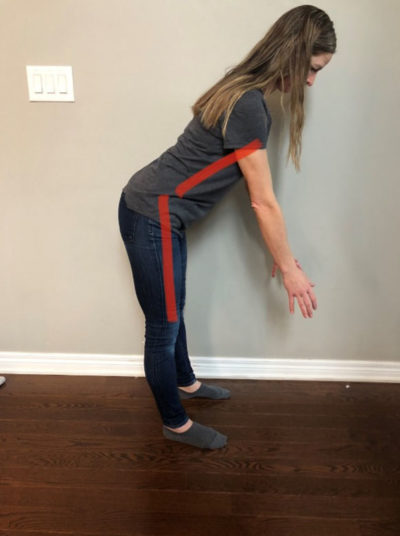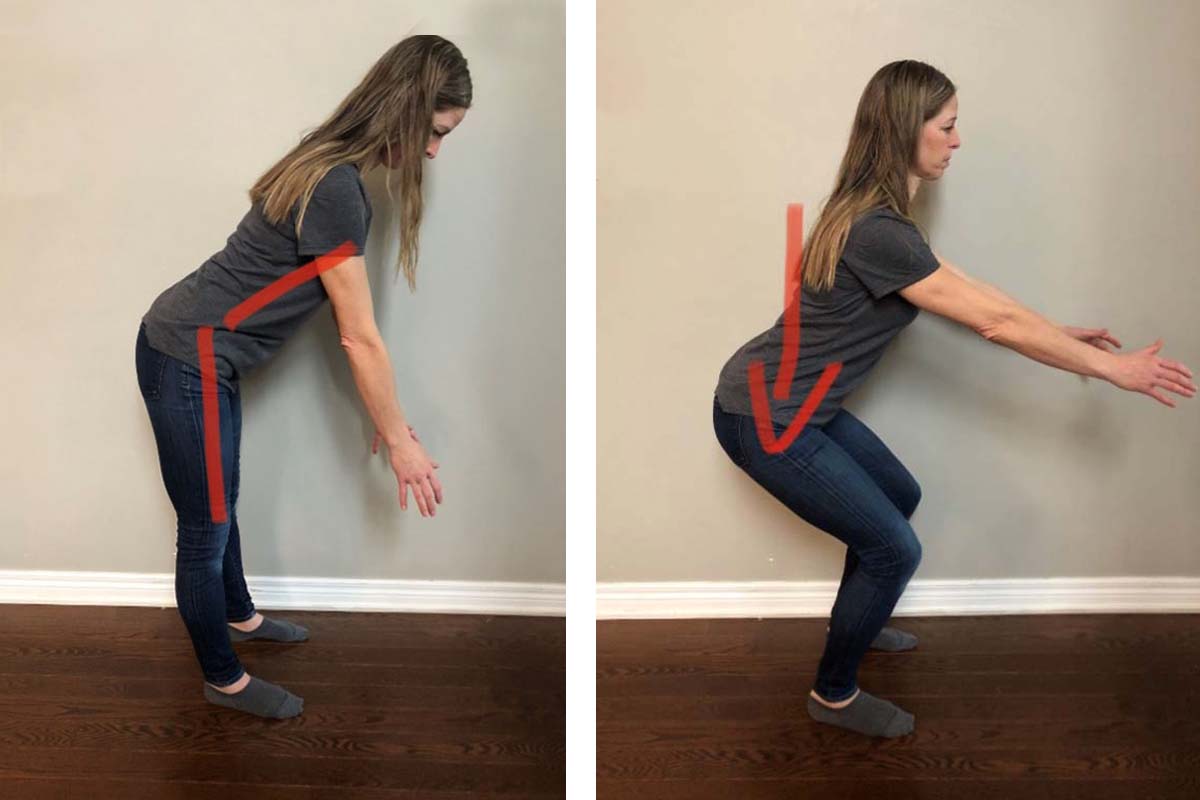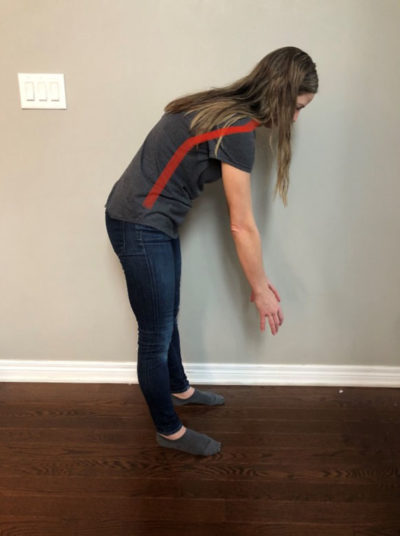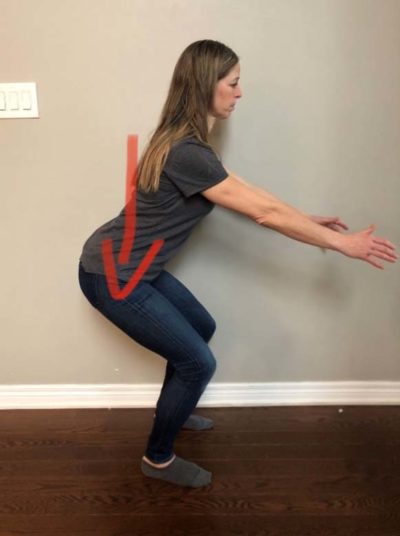Hip Movement for Lower Back Pain
By: Dr. Kevin McIntyre B.Kin., DC
Our previous two blogs have discussed strategies to position and support the lower back when in pain. Positioning your spine in a neutral, pain-free position combined with a co-contraction of the muscles in the area can be a great way to reduce the chance of irritation. But what happens when we decide to move? For many people, their painful lower back is not irritated by static positions, but it is the movement of the spine that aggravates their condition. If this is the case, we sometimes recommend that these people focus their movement through the hips to spare the spine.
As mentioned in the previous two posts, this is not permanent advice, nor does it apply to everyone. It is simply another thing to consider as a temporary measure as it might help in reducing the perpetuation of an irritated lower back.
Consider the following pictures…

These movements put a lot of effort through the spine. Under normal circumstances, this is great. Spines are meant to move, and the best way to keep them capable of tolerating movement is to keep them moving. When the lower back is painful, though, these movement patterns can sometimes be irritating. In these instances, we often recommend temporarily avoiding these movements to let the area settle down. Instead, adopting a hip dominant movement pattern can help to unload the lower back and allow it to recover.
Consider the pictures below…

We have strong muscles around our hips. The gluteals, quadriceps, hamstrings and the hip flexors are all muscles that are very large and very strong when compared to many of the muscles in the lumbar spine. Hip dominant movements don’t really require much activity from the muscles of the lower back. These hip dominant movements also don’t usually require quite as much movement in the spinal joints. This strategy may shift the workload away from the spine and break the cycle of tissue irritation.
Over time, as the spinal tissues stop sending a pain signal, then we can build that area back up. This is important. Too much rest or disuse of an area can allow it to become weak and stiff. A hip dominant movement strategy that minimizes spinal movement is simply a temporary strategy that might be appropriate for some people as a means of getting a painful lower back to settle down.
In summary
To summarize the concepts in the last few blogs, when some people have lower back pain, a strategy of finding a comfortable posture (neutral), adding in a muscular contraction around the lower back when moving (muscular brace), and predominantly moving with the hips is a way to keep active while letting the area settle down. These are not permanent recommendations. At some point, you need to teach your spine how to tolerate different movements and stressors so that it is prepared for the demands of an active life!










